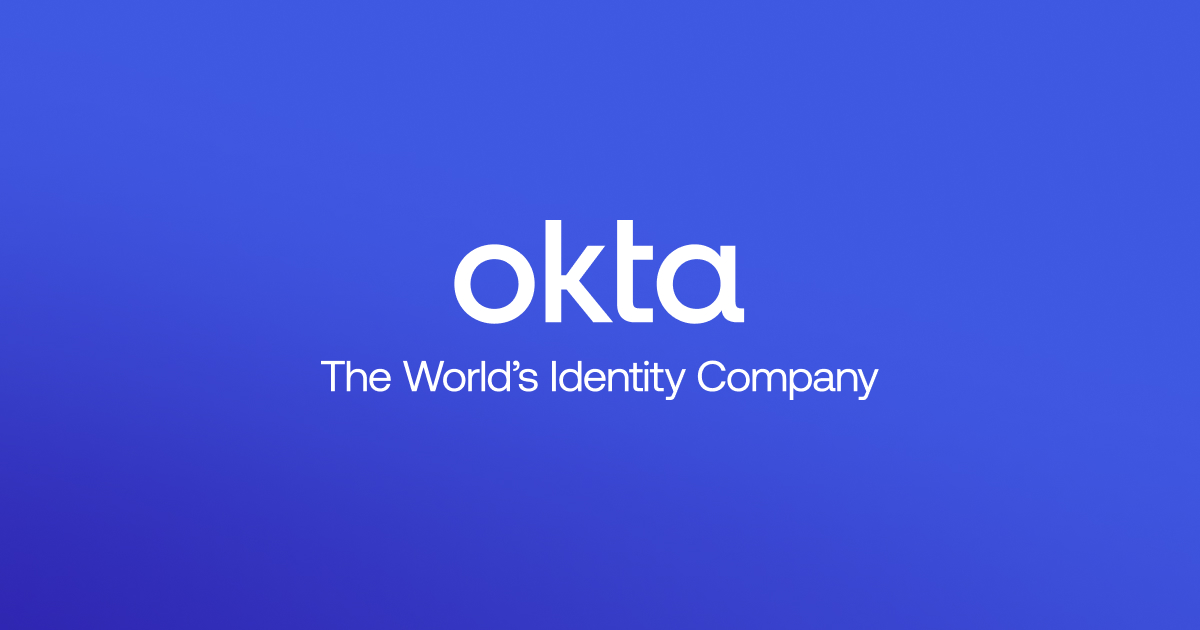You Don’t Need to Be Technical. Just Informed
AI isn’t optional anymore—but coding isn’t required.
The AI Report gives business leaders the edge with daily insights, use cases, and implementation guides across ops, sales, and strategy.
Trusted by professionals at Google, OpenAI, and Microsoft.
👉 Get the newsletter and make smarter AI decisions.
Hey {{first_name | Jedi}} , welcome to 108th edition of the Identity Jedi Newsletter. This week
Table of Contents
Let’s Talk AWS and AI
Last week, I attended the AWS Summit in New York City. It was hot, crowded, and buzzing with energy—far more attendees than I anticipated. But the real heat came from the groundbreaking announcements AWS made, especially in the realm of agentic AI
The standout for me was the introduction of Amazon Bedrock AgentCore. This new suite offers a comprehensive runtime environment for deploying and operating AI agents at scale. AgentCore comprises seven core services, including:
This suite essentially provides all the infrastructure needed for agentic AI in one place, streamlining the development and deployment process. It’s both exciting and a bit daunting to see how rapidly AWS is advancing in this space.
AgentCore Runtime: A secure, serverless environment for running AI agents.
AgentCore Memory: Provides context-aware capabilities with long-term and short-term memory.
AgentCore Identity: Manages permissions and authentication for AI agents.
AgentCore Gateway: Facilitates secure API access and integration with tools.
AgentCore Browser Tool: Allows agents to interact with web content securely.
AgentCore Code Interpreter: Enables dynamic code execution for complex tasks.
AgentCore Observability: Offers monitoring and debugging tools for AI agents.
Agentic AI: The Next Frontier in Identity Management
The age of Agentic AI has arrived—and identity teams better pay attention.
At the recent AWS Summit in NYC, one of the most powerful shifts in cloud computing was announced with almost casual confidence: Amazon Bedrock AgentCore. If you blinked, you might’ve missed it. But make no mistake—this is a game-changer.
AWS essentially dropped a full-stack runtime for deploying, managing, and scaling AI agents in the enterprise. From memory and identity to observability and execution, it’s all bundled into AgentCore. For IAM folks, this means the concept of a “non-human identity” just leveled up. We’re no longer talking about service accounts and bots. We’re talking about agents that reason, decide, and act—autonomously.
Let that marinate for a second.
So what is Agentic AI?
Agentic AI is more than a fancy wrapper around a language model. It’s an entity that:
Receives goals, not just prompts.
Decides how to accomplish them.
Interacts with tools, APIs, and people.
Evolves based on memory and context.
Think of it as your digital workforce—except it doesn’t sleep, and it definitely doesn’t wait for access requests to be approved manually.
Why identity leaders should care
Here’s the kicker: every agent needs identity. Not just credentials, but contextual trust, governance, observability, and boundaries. The moment an agent can make API calls, read documents, submit forms, or spin up infrastructure—you’ve got yourself a new identity to manage. One that behaves like a user, but doesn’t always follow user logic.
And that changes everything.
If you’re still thinking of IGA as a spreadsheet-to-certification exercise, you’re going to get run over by a forklift driven by an AI agent with admin access and no supervision. These agents will sit in your SaaS apps, your automation workflows, your cloud workloads—and they’ll have more access than you realize.
Identity’s new responsibilities
Agentic AI doesn’t just expand the identity surface—it reshapes it.
Provisioning & Deprovisioning: Agents will be spun up dynamically. Old lifecycle management models won’t cut it.
Just-in-Time Access: Agents will request access mid-flow. Can your policies grant with context and revoke on completion?
Behavioral Baselines: You need to know what “normal” looks like when an agent acts. Traditional monitoring won’t catch it.
Policy Abstraction: Agents may interpret access decisions, not just obey them. Who’s governing their logic?
Where do we go from here?
First, recognize this shift is already happening. Whether it’s internal copilots, customer service agents, or sales support bots, these digital workers are showing up fast.
Second, build your playbook now:
Start tagging and managing non-human identities with more granularity.
Align with your AI and developer teams—because they’re creating agents whether you’re ready or not.
Rethink access models to support autonomy without compromising security.
This is your chance to lead—not just from the security perspective, but from the front lines of innovation.
Agentic AI isn’t a future risk. It’s a now opportunity. And identity? It’s the key that makes sure the machines don’t go rogue.
Welcome to the new frontier.
Industry News
Okta and Palo Alto Networks Unify AI-Driven Security to Fight Identity Attacks
McDonald’s Chatbot Exposes 64 Million Records Due to ‘123456’ Password
Socure Launches Workforce Verification to Thwart Fake Job Applicants
Podcasts
The Last Word
Every now and then, we hit a tipping point in tech that forces us to rethink the fundamentals. That’s where we are with Agentic AI.This isn’t just another tool we bolt onto existing identity stacks. It’s a whole new paradigm. Agents that act with autonomy, decision-making, and memory aren’t just users with an API key—they’re entities with intent. And if that doesn’t change how you think about governance, access, and trust… it should.The real question is:
Are you leading your IAM program like it’s 2025, or still building policies for a world that doesn’t exist anymore?
It’s time to evolve. Time to design identity for autonomy. Because the machines aren’t coming—they’re already here.
Be Good to each other, Be Kind to each other, Love each other









